Novak Djokovic Wins Wimbledon Final and Joins GOAT Conversation
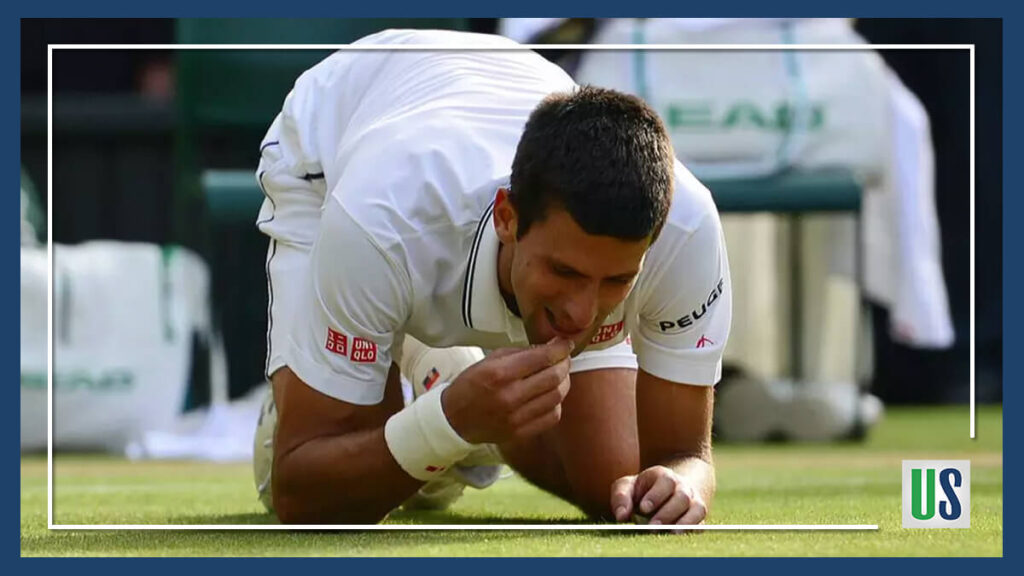
A Wimbledon Final for the Ages In what should only be referred to as epic, incredible, amazing, and awe-inspiring, Novak Djokovic won Wimbledon against tennis hero Roger Federer. For anyone who watched the match, this very well could be the greatest tennis match they have or will ever witness. Move aside Stranger Things. There’s a […]
USWNT Win World Cup for the Fourth Time. Pay up US Soccer.
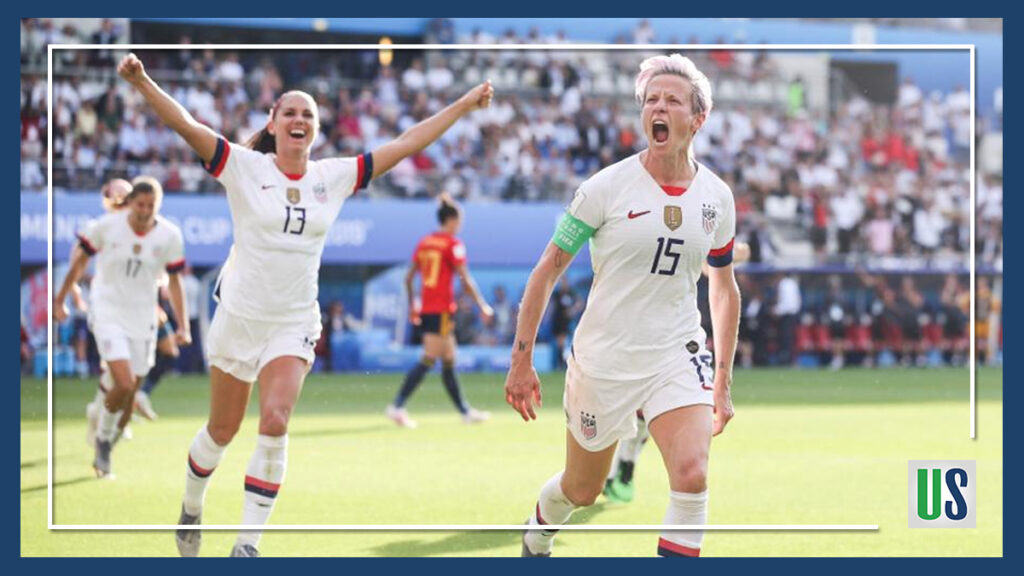
USWNT Win World Cup Against Netherlands They did it again! It was spectacular watching another USWNT World Cup win. Megan Rapinoe was calm and collected and Rose Lavelle was sensational. This team and this nation’s women are the best at soccer. The USWNT have four World Cup victories. But U.S. Soccer has dragged it’s feet […]
USWNT: 12 Stats that Prove Women’s Soccer is the Best in America
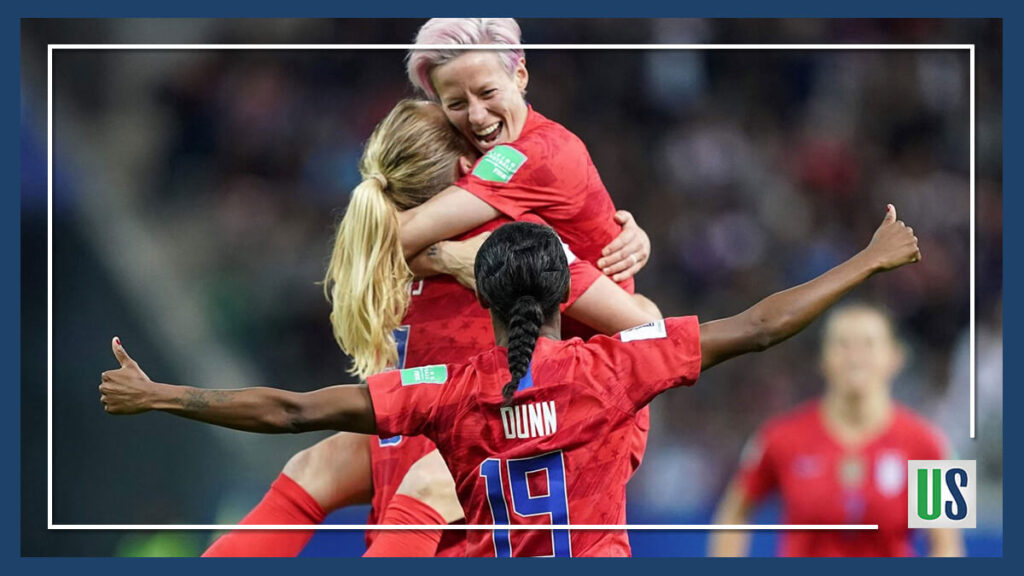
Another USWNT World Cup Victory Yet again, the USWNT won another World Cup final. These women are on fire. Breaking records left and right, fighting for equal pay, and even getting into beef with President Trump himself. Though many called them “classless“, “unsportsmanlike“, or worse, these incredible and strong women stood, unaffected. In their dominance, […]
Is the Use of a World Cup VAR Ruining Soccer Forever?
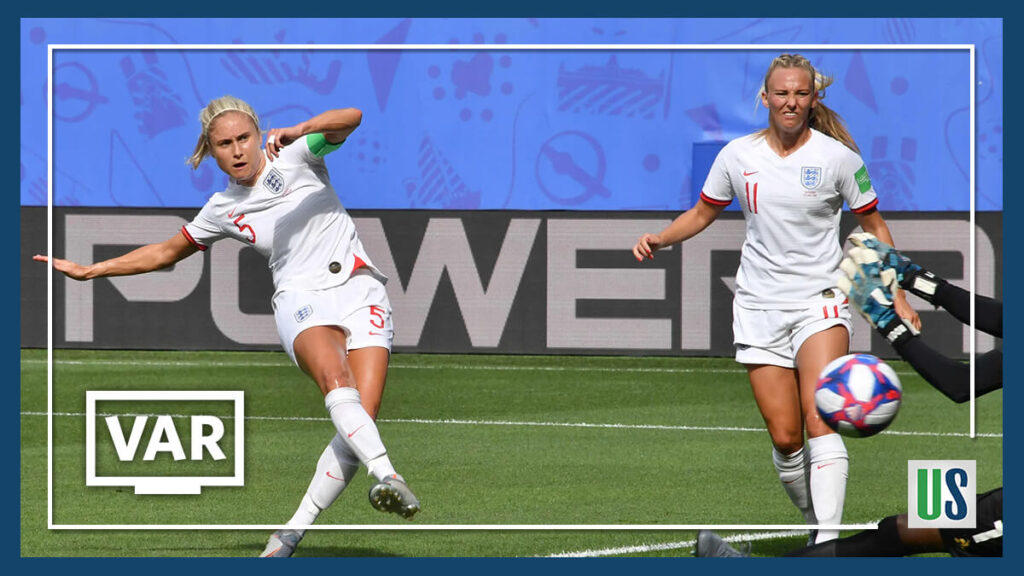
The World Cup VAR is the Main Focus of Controversy Yet again the VAR (Video Assistant Referee) is the controversial topic of the day in this Women’s World Cup. And once again it also goes against the Nigeria Super Falcons. In today’s Germany vs Nigeria match, VAR was utilized twice in favor of Germany. Germany […]
USWNT vs Sweden: Why Did They Go for the Win?
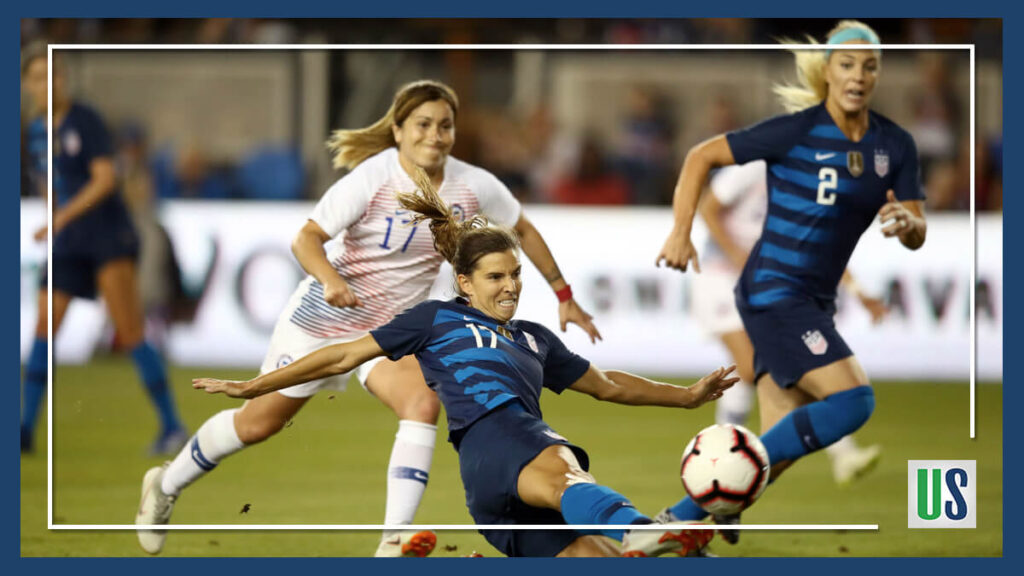
With a USWNT vs Sweden Win, They Draw Spain and France In today’s 2-0 USWNT vs Sweden victory, the US women opted to take the path of most resistance. There was a lot of discussion surrounding tournament schemes and deliberately throwing the match. Because of the 2019 World Cup draw, the USWNT will face Spain […]
USWNT vs Thailand: Is the USWNT “Classless” or Unsportsmanlike?
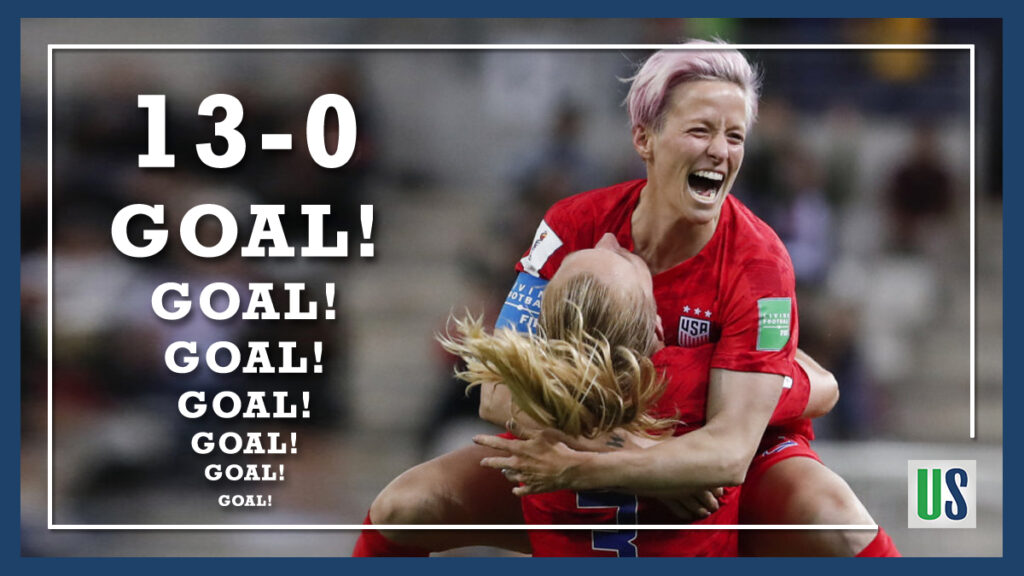
USWNT vs Thailand: 13-0 and Unsportsmanlike To everyone calling the USWNT unsportsmanlike after their recent 13-0 win, please stop. These women are warriors and this is their job. Winning, even if by the largest margin in World Cup history, is completely within their rights. It should be nothing but praised. Yes, it was the USWNT […]
USWNT Midfield: 2019 FIFA Women’s World Cup Roster Watch, Part 3
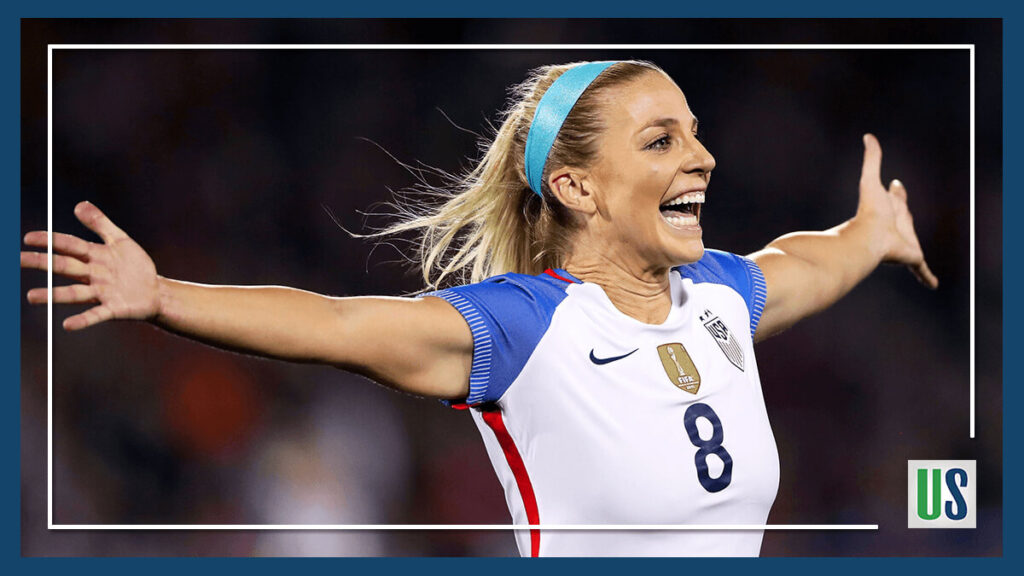
Reliance on Three USWNT Midfielders Because of Jill Ellis’s 4-3-3 approach to the USWNT roster, the USWNT midfield is extremely important to success. While most teams control the center of the pitch with four midfielders, the U.S. women rely on three, key contributors. This lineup leans heavily on distributing the ball to striker and wingers, […]
USWNT Defense: 2019 Women’s World Cup Roster Watch, Part 2
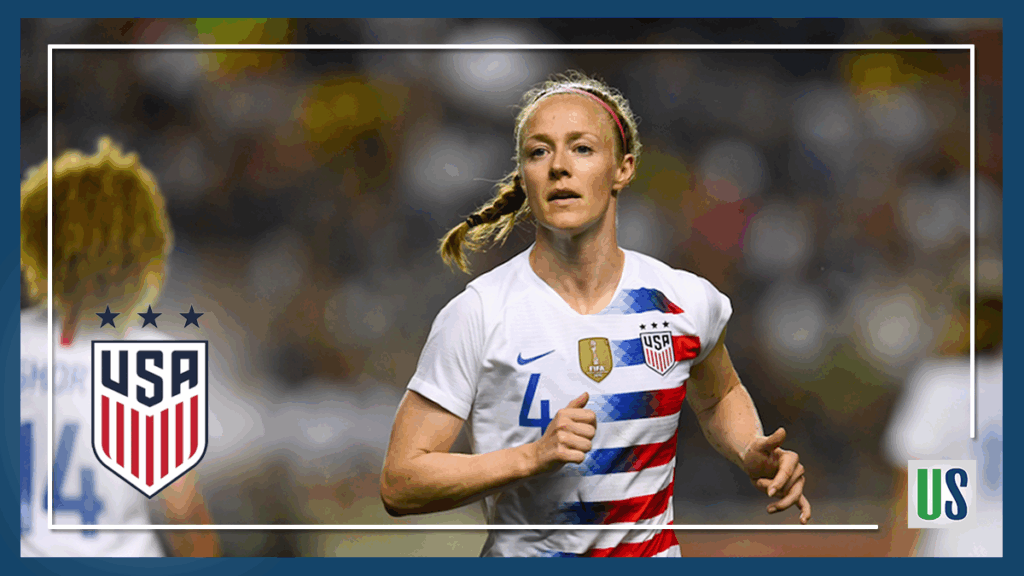
Considering that the U.S. Women’s National Team’s starting goalkeeper, Alyssa Neaher, is getting her first World Cup playtime, the USWNT defense could not be more important. Here are those players. USWNT Defense Projected Starters Becky Sauerbrunn | Age: 33 | Caps: 157 | CB Unlike many Ellis experiments, Becky Sauerbrunn is a consistent starter for […]
2019 NFL Draft Sleepers and Triumphs Update: Athletes to Celebrate
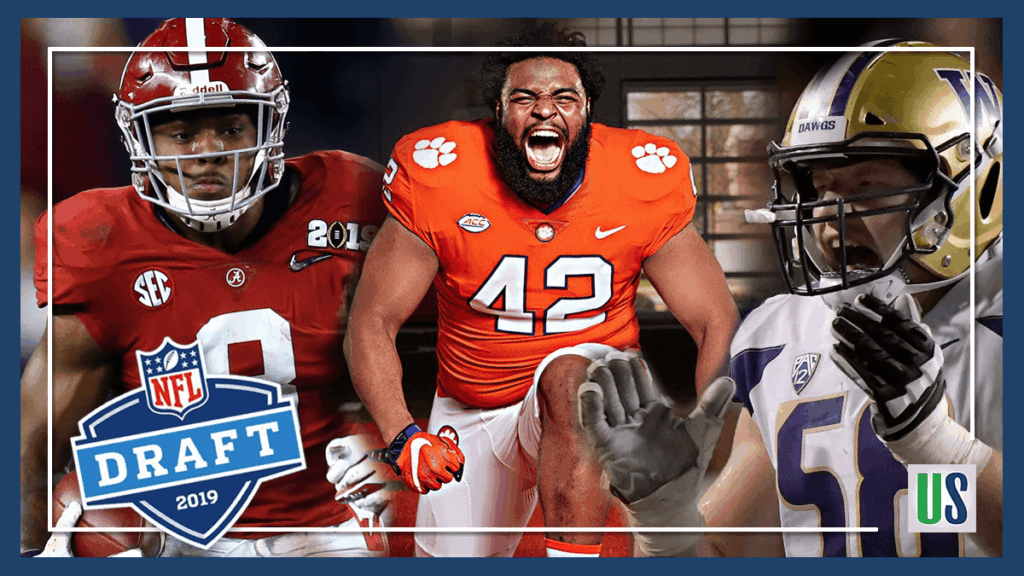
Looking back at the NFL Draft Day Three of the 2019 NFL Draft is in the books. After seven rounds, we can finally celebrate the UnAfraidShow favorites. Prior to the draft, our writers identified sleepers, hidden gems and adversity-driven athletes to watch for. Here are those players and where they were drafted or if they […]
NFL Draft 2019: Tears, Tragedy, and Triumph of Draft Picks Part 2
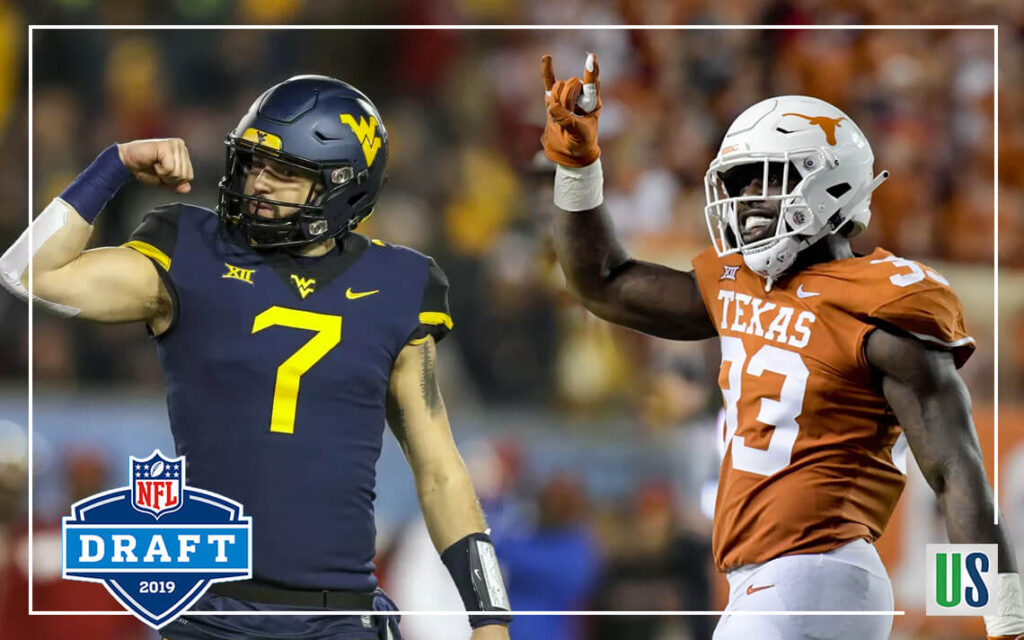
Will Grier: Fleeing from PEDs In 2014, after being declared a four-star recruit, Will Grier signed with Florida. After redshirting his first season, he took over the starting quarterback position in 2015. However, after starting just six games, Grier tested positive for Ligandrol and was suspended for one season. He then transferred to West Virginia, […]